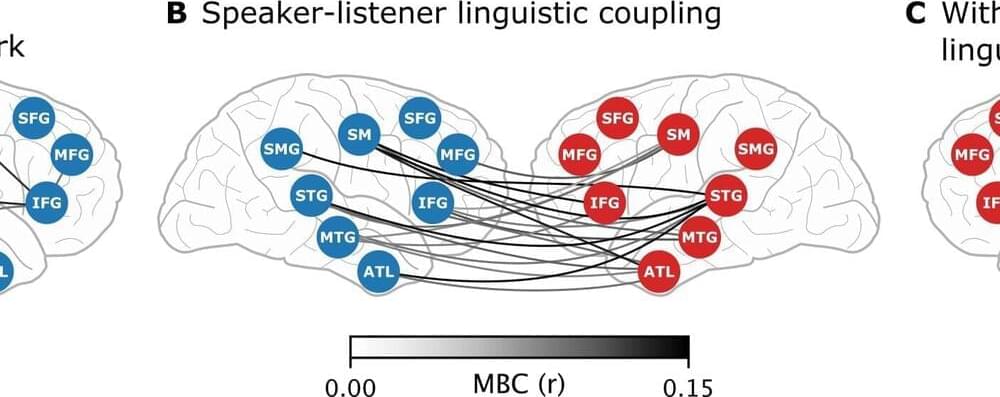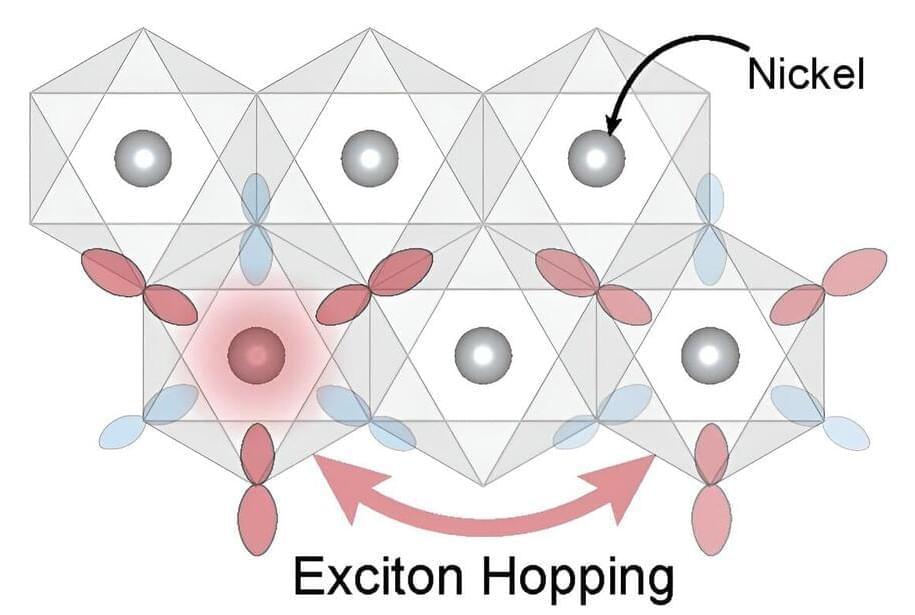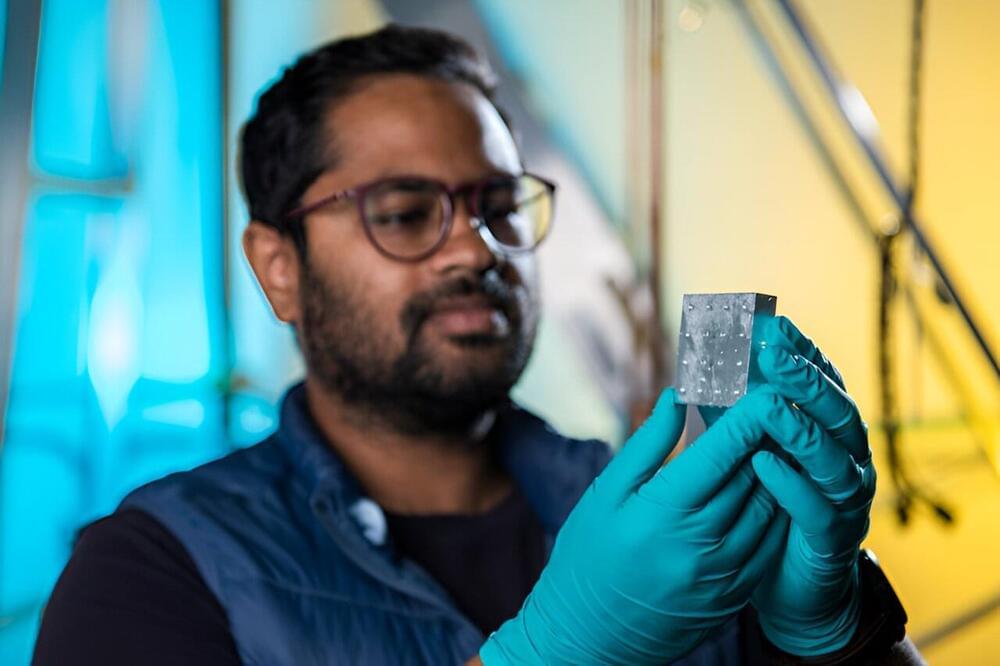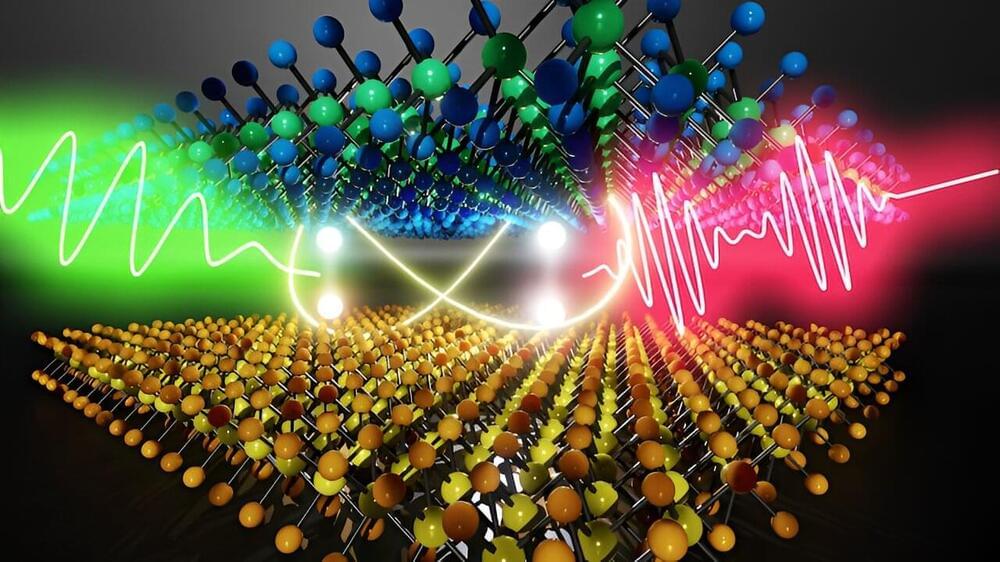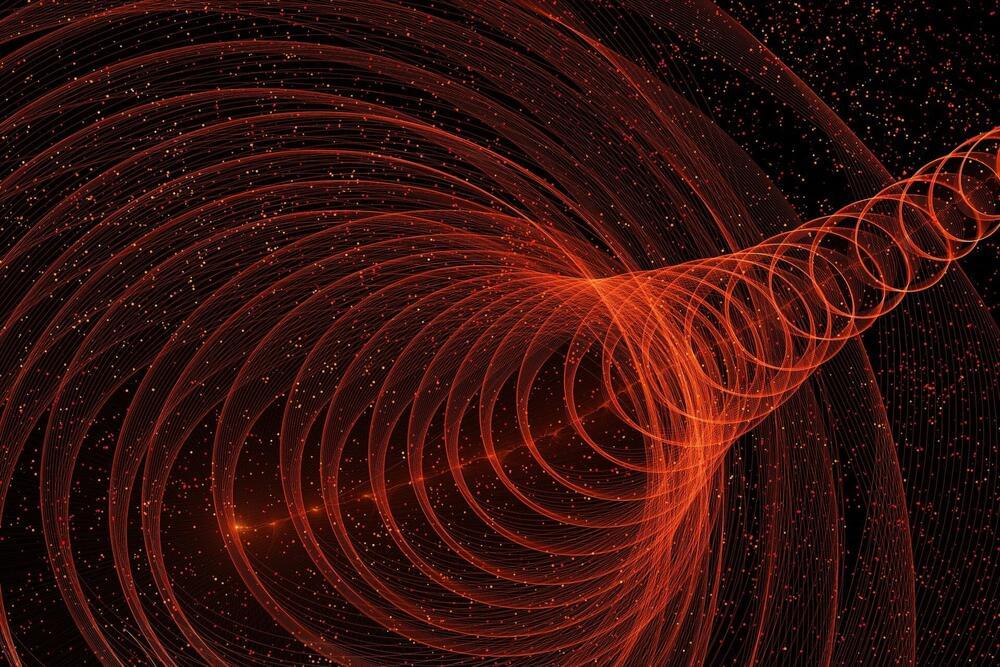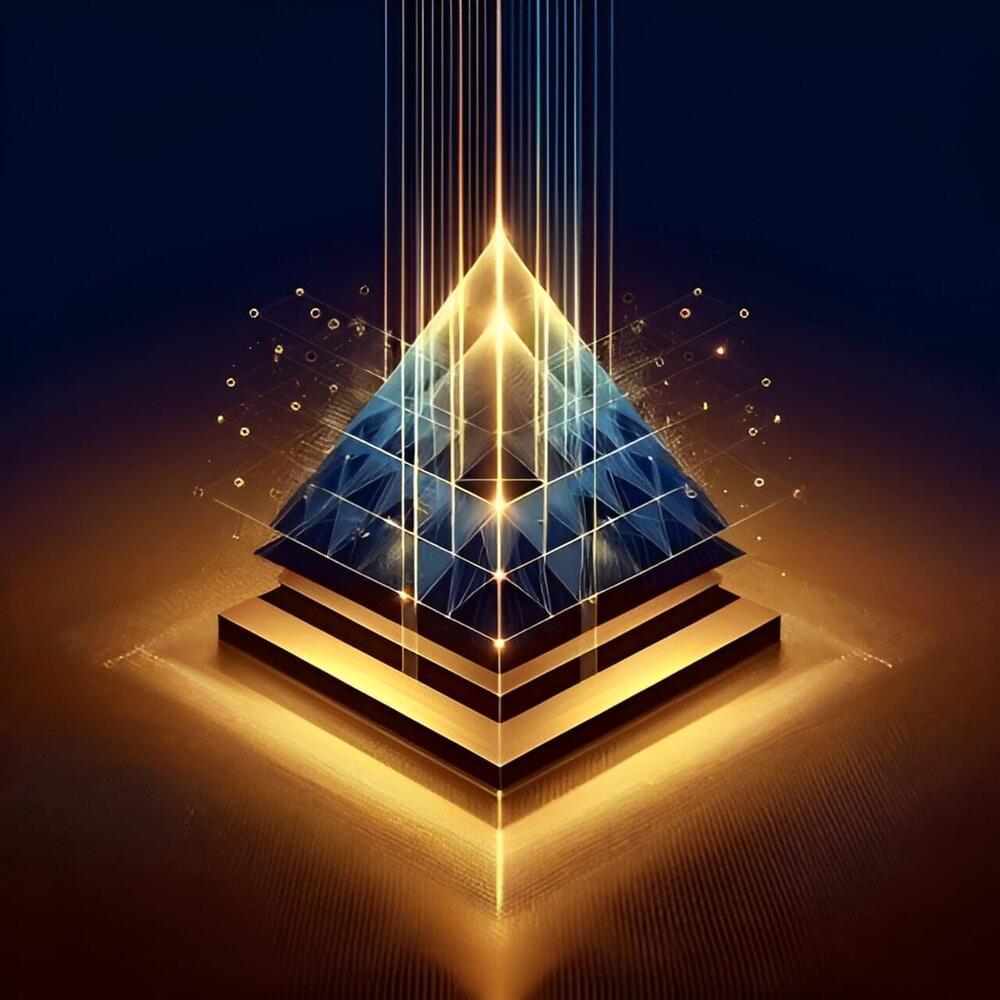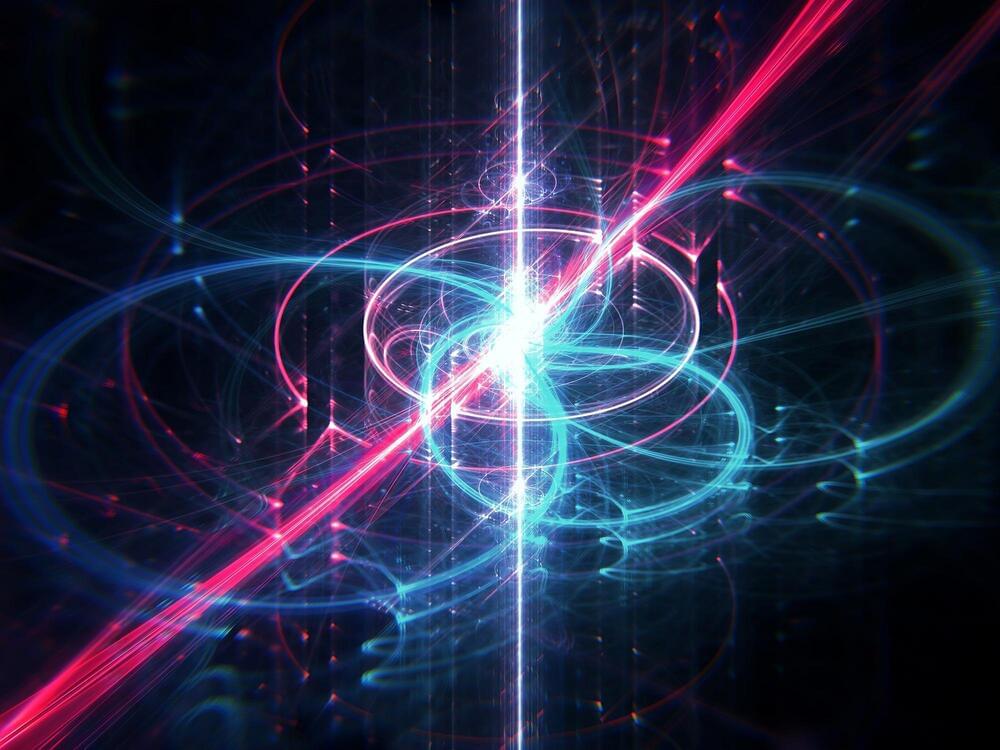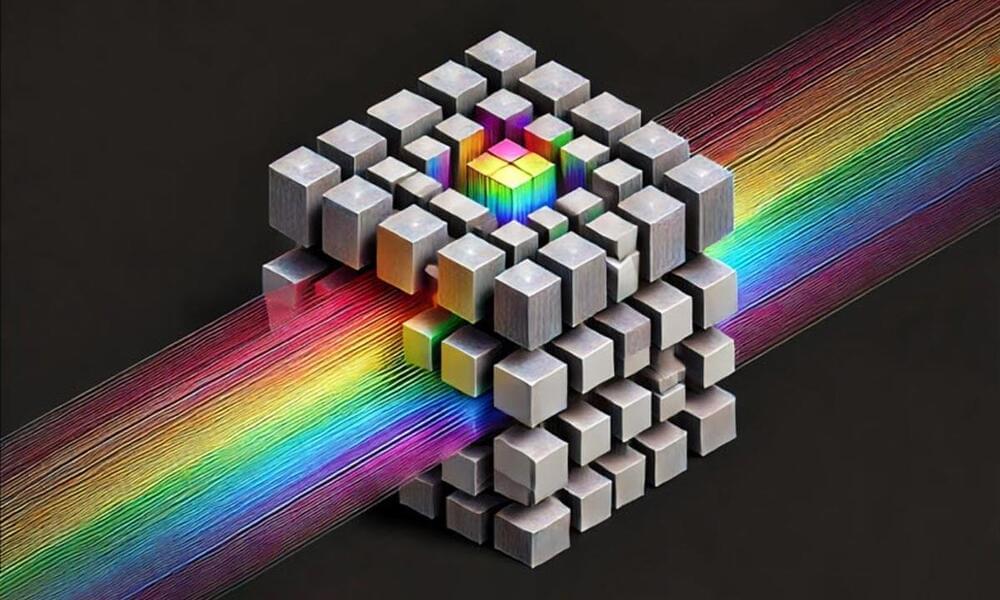When two people interact, their brain activity becomes synchronized, but it was unclear until now to what extent this “brain-to-brain coupling” is due to linguistic information or other factors, such as body language or tone of voice.
Researchers report August 2 in the journal Neuron that brain-to-brain coupling during conversation can be modeled by considering the words used during that conversation, and the context in which they are used.
“We can see linguistic content emerge word-by-word in the speaker’s brain before they actually articulate what they’re trying to say, and the same linguistic content rapidly reemerges in the listener’s brain after they hear it,” says first author and neuroscientist Zaid Zada of Princeton University.
